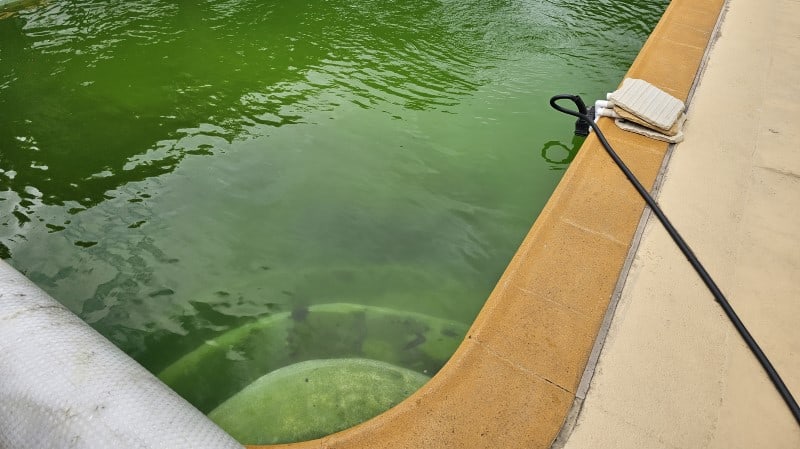Swimming pools are synonymous with relaxation, fun, and refreshing dips during hot summer days. However, the appearance of green algae can turn this enjoyable experience into a frustrating one. Green algae, known for its slimy texture and unsightly appearance, often appears in swimming pools, leaving pool owners wondering where it comes from. Here we will delve into the origin of green algae in swimming pools and explore the factors that contribute to its growth.
Understanding Algae
Before we uncover the source of green algae, let’s briefly understand what algae are. Algae are simple, photosynthetic organisms that thrive in various aquatic environments. They are microscopic in nature and can be found in different forms, including green, yellow, brown, and even black. In swimming pools, green algae (Chlorophyta) is the most common type that causes problems.
The Source of Green Algae
Green algae in swimming pools usually originate from external sources. These sources include wind, rainwater, surrounding vegetation, and even human activity. Here are a few key contributors to the introduction and growth of green algae:
- Contaminated Water: Rainwater and irrigation can introduce spores or dormant algae cells into the pool, providing a breeding ground for algae growth.
- Poor Filtration and Circulation: Inadequate filtration and circulation systems can create stagnant water pockets, allowing algae to flourish.
- Lack of Sanitation: Insufficient chlorine or other sanitizers can lead to an imbalance in the pool’s chemical composition, providing an ideal environment for algae to thrive.
- High Organic Matter: Leaves, grass clippings, insects, and other organic debris can act as nutrients for algae, promoting their growth when they enter the pool.
Prevention and Treatment
To prevent the appearance of green algae in swimming pools, several proactive measures can be taken:
- Proper Water Maintenance: Regularly test and balance the pool’s pH, alkalinity, and sanitizer levels to ensure they are within the recommended range. Check our other post for some more detailed information on water maintenance.
- Effective Filtration and Circulation: Keep the pool’s filtration system clean and functioning optimally, and ensure adequate water circulation to prevent stagnant areas.
- Regular Cleaning: Skim the pool’s surface, vacuum debris from the bottom, and clean out the skimmer and pump baskets to remove any organic matter that can fuel algae growth.
- Algaecides and Shock Treatments: Use appropriate algaecides to prevent and control algae growth. Like this copper-based algaecide from Omini. Shock treatments can also be employed periodically to eliminate existing algae.
Green algae in swimming pools can be a persistent and frustrating issue, but understanding its source can help in effective prevention and treatment. By maintaining proper water chemistry, optimizing filtration and circulation, and practicing regular cleaning, you can enjoy a crystal-clear and algae-free swimming pool all season long.
Recent Posts
At the heart of every pool is a filter pump that needs to be run every day for a specified length of time. Rather than try to remember to turn a pool pump on and off every day, pool builders and...
The subject of where to leave chlorinating tablets safely in a swimming pool has been a source of confusion for swimming pool professionals and owners alike. As a swimming pool service professional...


